Still able to fight! NASA, SpaceX to Study Hubble Telescope Reboost Possibility
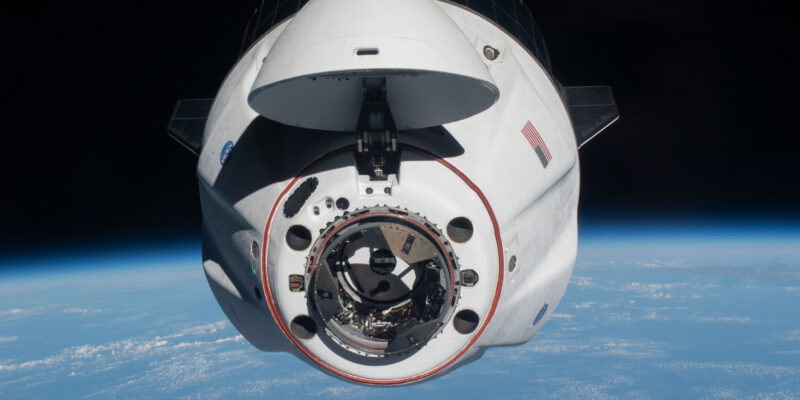
Overview
NASA and SpaceX signed an unfunded Space Act Agreement Thursday, Sept. 22, to study the feasibility of a SpaceX and Polaris Program idea to boost the agency’s Hubble Space Telescope into a higher orbit with the Dragon spacecraft, at no cost to the government.[1]
Hubble Space Telescope
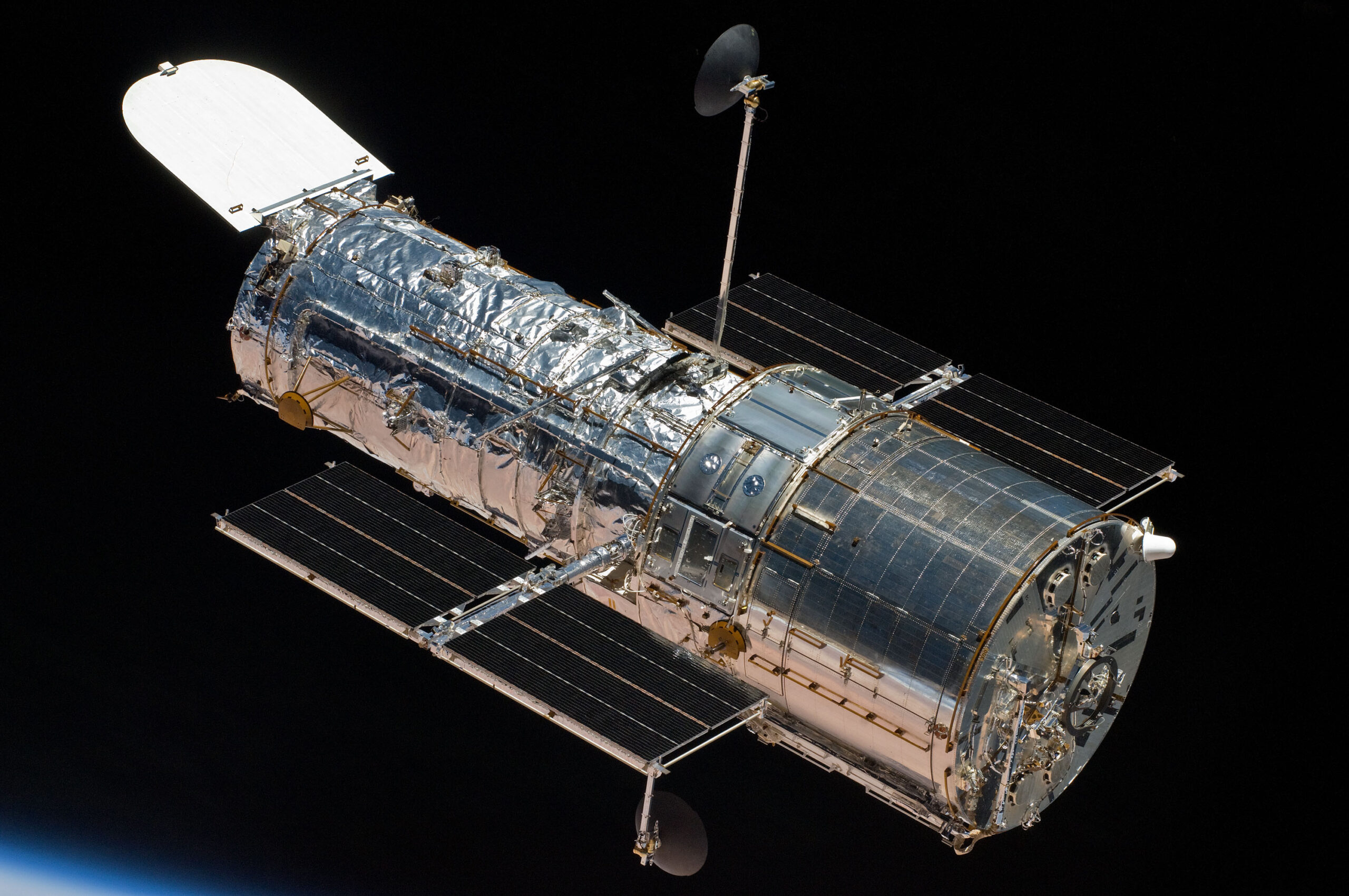
Hubble Space Telescope
The Hubble Space Telescope[2] ( often referred to as HST or Hubble ) is a space telescope that was launched into low Earth orbit in 1990 and remains in operation.
It was not the first space telescope, but it is one of the largest and most versatile, renowned both as a vital research tool and as a public relations boon for astronomy. The Hubble telescope is named after astronomer Edwin Hubble and is one of NASA’s Great Observatories.
The Space Telescope Science Institute ( STScI ) selects Hubble’s targets and processes the resulting data, while the Goddard Space Flight Center ( GSFC ) controls the spacecraft.
Hubble features a 2.4 m ( 7 ft 10 in ) mirror, and its five main instruments observe in the ultraviolet, visible, and near-infrared regions of the electromagnetic spectrum.
Hubble’s orbit outside the distortion of Earth’s atmosphere allows it to capture extremely high-resolution images with substantially lower background light than ground-based telescopes.
It has recorded some of the most detailed visible light images, allowing a deep view into space. Many Hubble observations have led to breakthroughs in astrophysics, such as determining the rate of expansion of the universe.
SpaceX
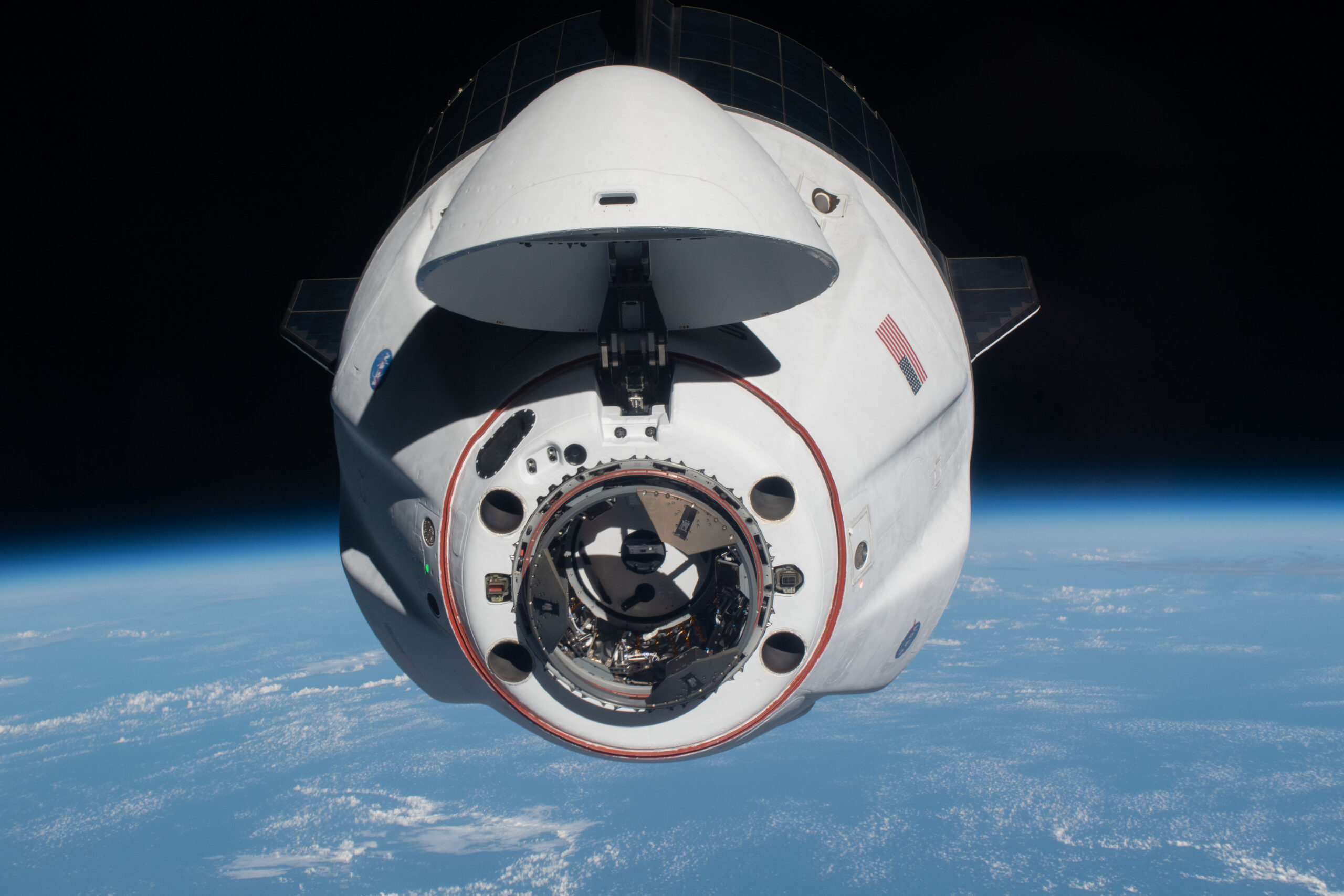
SpaceX
Space Exploration Technologies Corp.[3] (doing business as SpaceX) is an American spacecraft manufacturer, space launch provider, and a satellite communications corporation headquartered in Hawthorne, California.
It was founded in 2002 by Elon Musk, with the goal of reducing space transportation costs to enable the colonization of Mars.
It manufactures the Falcon 9 and Falcon Heavy launch vehicles, several rocket engines, Cargo Dragon, crew spacecraft, and Starlink communications satellites.
Detail
SpaceX – in partnership with the Polaris Program[4] – proposed this study to better understand the technical challenges associated with servicing missions. This study is non-exclusive, and other companies may propose similar studies with different rockets or spacecraft as their model.
Teams expect the study to take up to six months, collecting technical data from both Hubble and the SpaceX Dragon spacecraft. This data will help determine whether it would be possible to safely rendezvous, dock, and move the telescope into a more stable orbit.
“ This study is an exciting example of the innovative approaches NASA is exploring through private-public partnerships ,” said Thomas Zurbuchen, associate administrator for the Science Mission Directorate at NASA Headquarters in Washington. “ As our fleet grows, we want to explore a wide range of opportunities to support the most robust, superlative science missions possible .”
While Hubble and Dragon will serve as test models for this study, portions of the mission concept may be applicable to other spacecraft, particularly those in near-Earth orbit like Hubble.
Hubble has been operating since 1990, about 335 miles above Earth in an orbit that is slowly decaying over time. Reboosting Hubble into a higher, more stable orbit could add multiple years of operations to its life.
At the end of its lifetime, NASA plans to safely de-orbit or dispose of Hubble.
“ SpaceX and the Polaris Program want to expand the boundaries of current technology and explore how commercial partnerships can creatively solve challenging, complex problems ,” said Jessica Jensen, vice president of Customer Operations & Integration at SpaceX. “ Missions such as servicing Hubble would help us expand space capabilities to ultimately help all of us achieve our goals of becoming a space-faring, multiplanetary civilization .”
References:
[1]NASA, SpaceX to Study Hubble Telescope Reboost Possibility | NASA

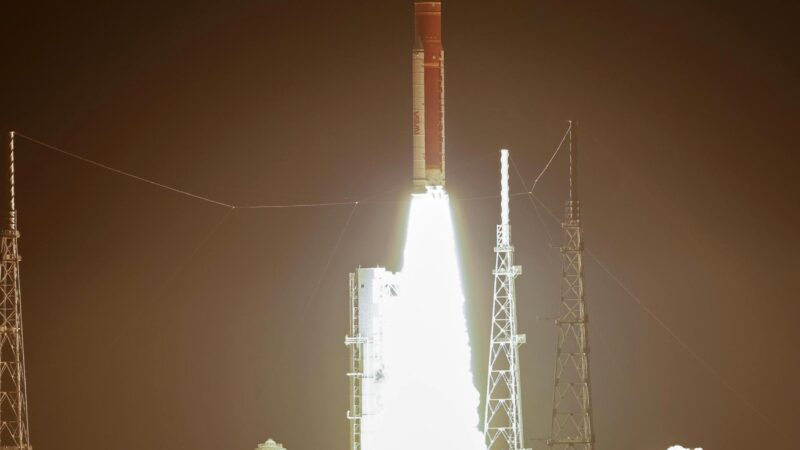

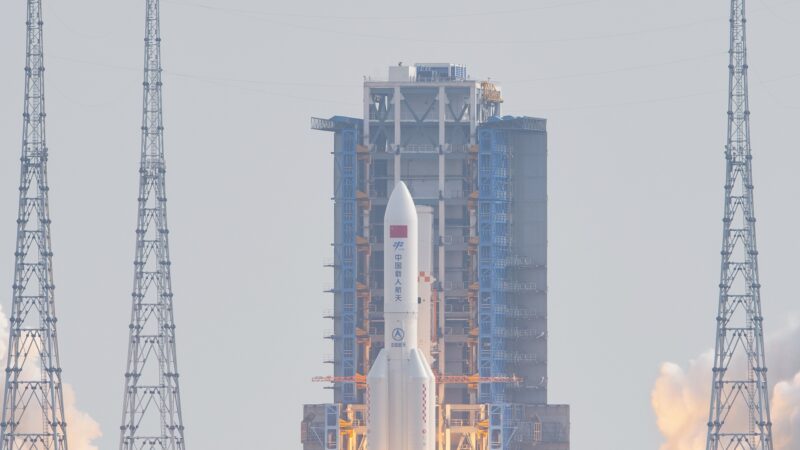
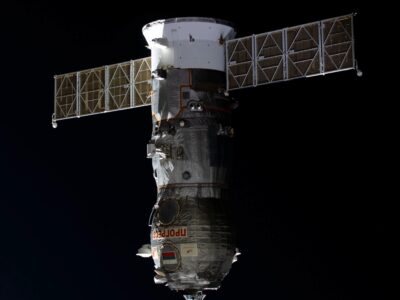
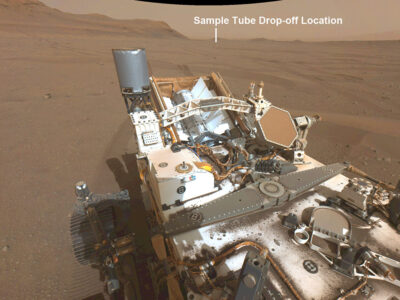

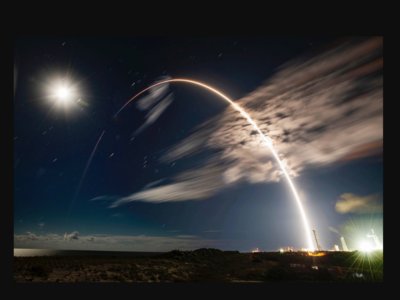



hold on!